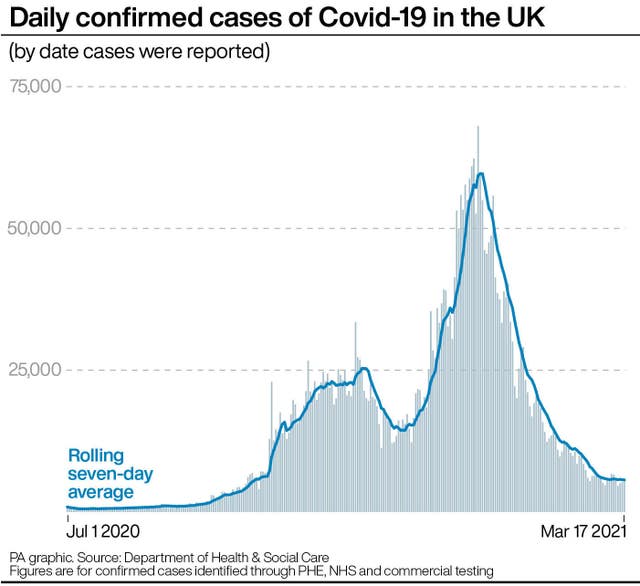Adults living with children slightly more at risk of Covid-19 infection – study
Researchers investigated whether the risk differed between adults living with and without school-age children during the first two waves last year.

Adults living with children during the pandemic’s second wave were only slightly more at risk of developing Covid-19 than those who lived without them, a new study suggests.
Researchers investigated whether the risk of infection and admission to hospital from coronavirus differed between adults living with and without school-age children during the first two waves last year.
They found there was a “small” increased risk of infection and hospital admission for those aged 65 and under who lived with children during the second wave between September and December.

However the peer-reviewed study, which has been published in the BMJ, found it did not lead to an increased risk of death.
It also found no evidence of a noticeably increased risk of infection during the first wave in the UK between February and August, compared to those adults who do not live with children.
Researchers used primary care data for 12 million adults aged 18 and over, linked to hospital and intensive care admissions and death records in England during both waves of the pandemic.
The presence and age of any children in each household was recorded, along with factors known to be associated with severe Covid-19 illness, such as weight, age and sex.
The data was then analysed to see who developed an infection and their outcome.
Researchers found that during the second wave there was an increased risk of infection and hospital admission – but not to intensive care – for adults living with children, compared to those living without them.
They estimated the number of people recorded to have a Covid-19 infection increased from 810 to between 850-870 per 10,000 people living with children aged 0-11 years.

It rose to between 970-1000 for those living with children aged 12-18 years over the same period.
In regard to hospital admissions, living with children aged 0-11 was associated with an increase from 160 to between 161-165 per 10,000 people, and for those living with children aged 12-18 years to between 162-166.
There was no increase in risk of death in either wave.
The study authors noted that the increased risks during the second wave took place at a time when schools remained open, raising the possibility that widespread school attendance may have led to increased risks to households.
However, they noted that other differences between households with and without children could have also explained the findings.
The authors concluded that “close monitoring and evaluation as schools reopen will be crucial to inform ongoing policy”.
The study was led by the electronic health records research group at the London School of Hygiene and Tropical Medicine.





